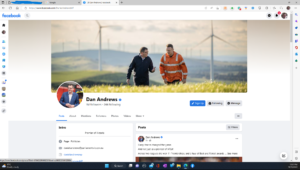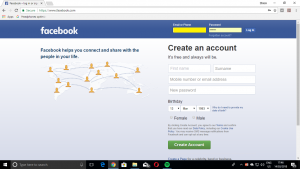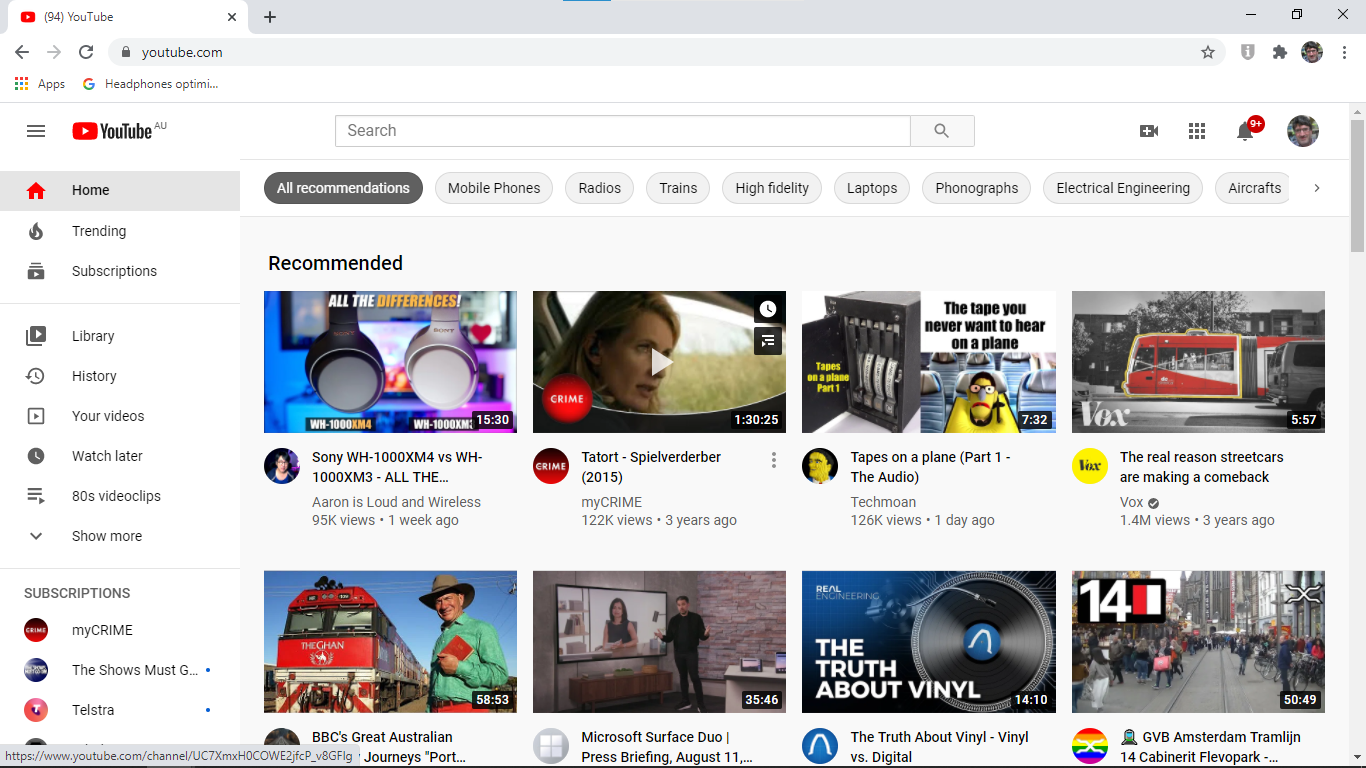Article
The murky world of politicians’ covert social media accounts (sbs.com.au)
My Comments
Just lately there have questions raised about how Australian politicians and their staff members were operating multiple online personas to disparage opponents, push political ideologies or “blow their own trumpet”.
It is being raised in connection with legislative reforms that the Australian Federal Government are working on to place the onus of responsibility regarding online defamation on whoever is posting the defamatory material in a comments trail on an online service. This is different to the status quo of having whoever is setting up or managing an online presence like a Website or Facebook Page being liable for defamation.
Here, it is in the context of what is to be expected for proper political communication including any “government-to-citizen” messaging. This is to make sure we can maintain trust in our government and that all political messaging is accurate and authentic in the day and age of fake news and disinformation.
I see this also being extended to business communication, including media/marketing/PR and non-profit advocacy organisations who have a high public profile. Here, it is to assure that any messaging by these entities is authentic so that people can build trust in them.

An example of a public-facing online persona – the Facebook page of Dan Andrews, the current Premier of Victoria
What I refer to as an “online persona” are email, instant-messaging and other communications-service accounts; Web pages and blogs; and presences on various part of the Social Web that are maintained by a person or organisation. It is feasible for a person or organisation to maintain a multiplicity of online personas like multiple email accounts or social-media pages that are used to keep public and private messaging separate, whether that’s at the business or personal level.
The normal practice for public figures at least is to create a public online persona and one or two private online personas such as an intra-office persona for colleagues and a personal one for family and friends. This is a safety measure to keep public-facing communications separate from business and personal communications.
Organisations may simply create particular online personas for certain offices with these being managed by particular staff members. In this case, they do this so that communications with a particular office stay the same even as office-holders change. As well, there is the idea of keeping “business-private” material separate from public-facing material.
In this case, the online personas reference the same entity by name at least. This is to assure some form of transparency about who is operating that persona. Other issues that come in to play here include which computing devices are being used to drive particular online personas.
This is more so for workplaces and businesses that own computing and communications hardware and have staff communicate on those company-owned devices for official business. But staff members use devices they bought themselves to operate non-official online personas. This is although more entities are moving towards “BYOD” practices where staff members use their own devices for official work use and there are systems in place to assure secure confidential work from staffer-owned devices.
But there is concern about some Australian politicians creating multiple public-facing personas in order to push various ideologies. Here, these personas are operated in an opaque manner in order to create multiple discrete persons. This technique, when used to appear as though many vouch for a belief or ideology, is referred to under terms like sockpuppetry or astroturfing.
This issue is being raised in the context of government-citizen communication in the online era. But it can also be related to individuals, businesses, trade unions or other organisations who are using opaque means to convey a sense of “popular support” for the same or similar messages.
What I see as being appropriate with establishing multiple online personas is that there is some form of transparency about which person or organisation is managing the different online personas. That includes where there are multiple “child” online personas like Websites operated by a “parent” online persona like an organisation. This practice comes in to being where online personas like email addresses and microsites (small Websites with specific domain names) are created for a particular campaign but aren’t torn down after that campaign.
As well, it includes what online personas are used for what kind of communications. This includes what is written on that “blue-ticked” social-media page or the online addresses that are written on business cards or literature you had out to the public.
Such public-communications mandates will also be required under election-oversight or fair-trading legislation so people know who is behind the messaging and these are important if it is issues-based rather than candidate-based. If an individual is pushing a particular message under their own name, they will have to state whether an entity is paying or encouraging them to advance the message.
This is due to most of us becoming conscious of online messaging from questionable sources. It is thanks to the popular concern about fake news and disinformation and its impact on elections since 2016 thanks to the Brexit referendum and Donald Trump’s presidential victory in the USA. It is also due to the rise of the online influencer culture where brands end up using big-time and small-time celebrities and influencers to push their products, services and messages online.


